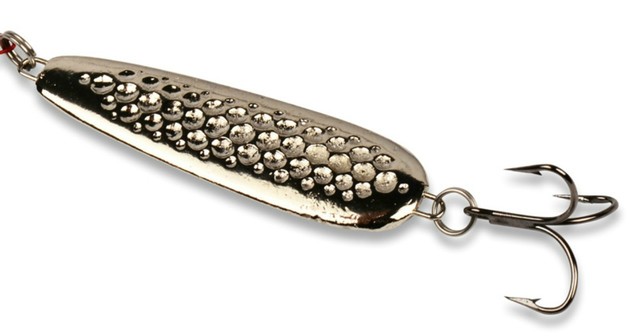April Freshwater Lure of the Month: 1/2 Oz. U-Spin Bait from Wizard Custom Tackle
Excerpt from: http://www.scout.com/outdoors/wired2fish/story/1468485-how-to-fool-suspended-bass-with-underspins
How to Fool Suspended Bass with Underspins
Suspended bass can be a nightmare for many anglers. Whether they’re suspended due to a weather front or the time of year, they’re notoriously difficult to trick into biting. If you can learn to effectively fish underspins for bass, however, you’ll be able to catch more and bigger fish when other anglers fall short. Fishing ...
Suspended bass can be a nightmare for many anglers. Whether they’re suspended due to a weather front or the time of year, they’re notoriously difficult to trick into biting. If you can learn to effectively fish underspins for bass, however, you’ll be able to catch more and bigger fish when other anglers fall short.
Fishing with underspins isn’t necessarily rocket science, but it can be a bit intimidating at times. These tips can shorten your learning curve and help you become an expert at this technique when targeting in-between bass.
Fishing with underspins isn’t necessarily rocket science, but it can be a bit intimidating at times. These tips can shorten your learning curve and help you become an expert at this technique when targeting in-between bass.
To read more, click: http://www.scout.com/outdoors/wired2fish/story/1468485-how-to-fool-suspended-bass-with-underspins

